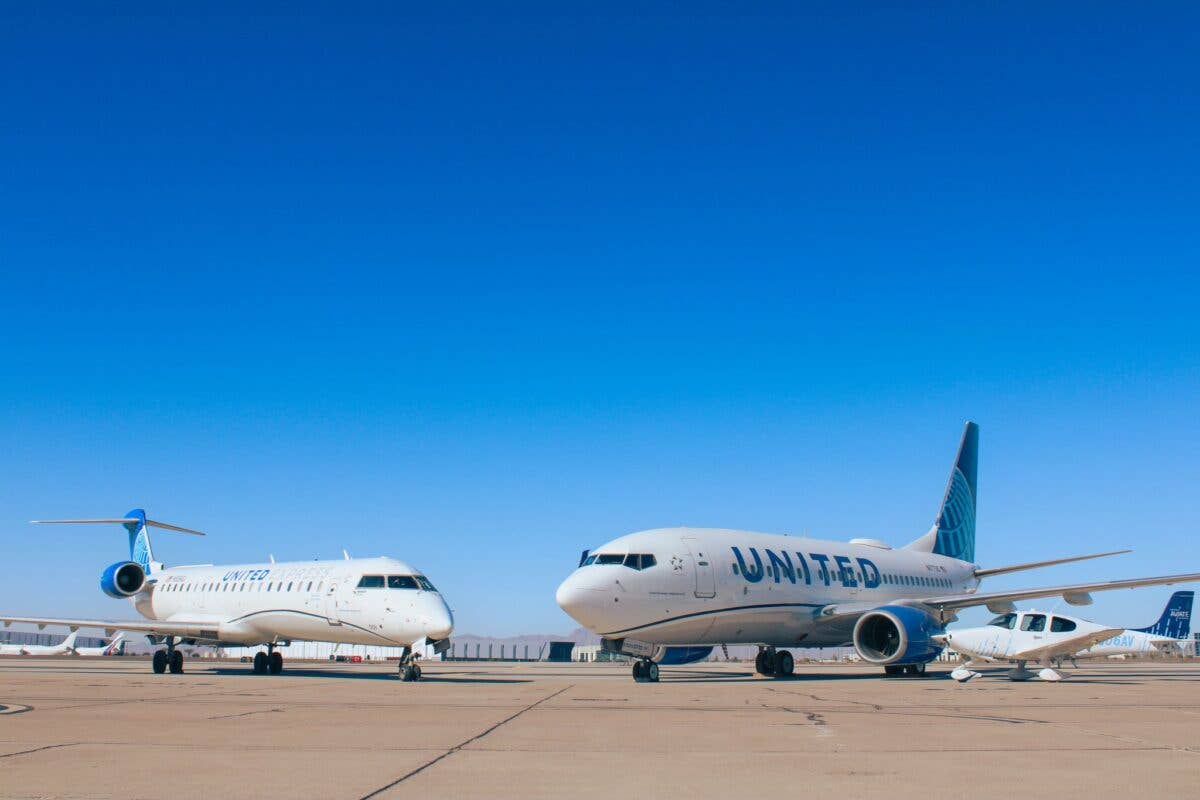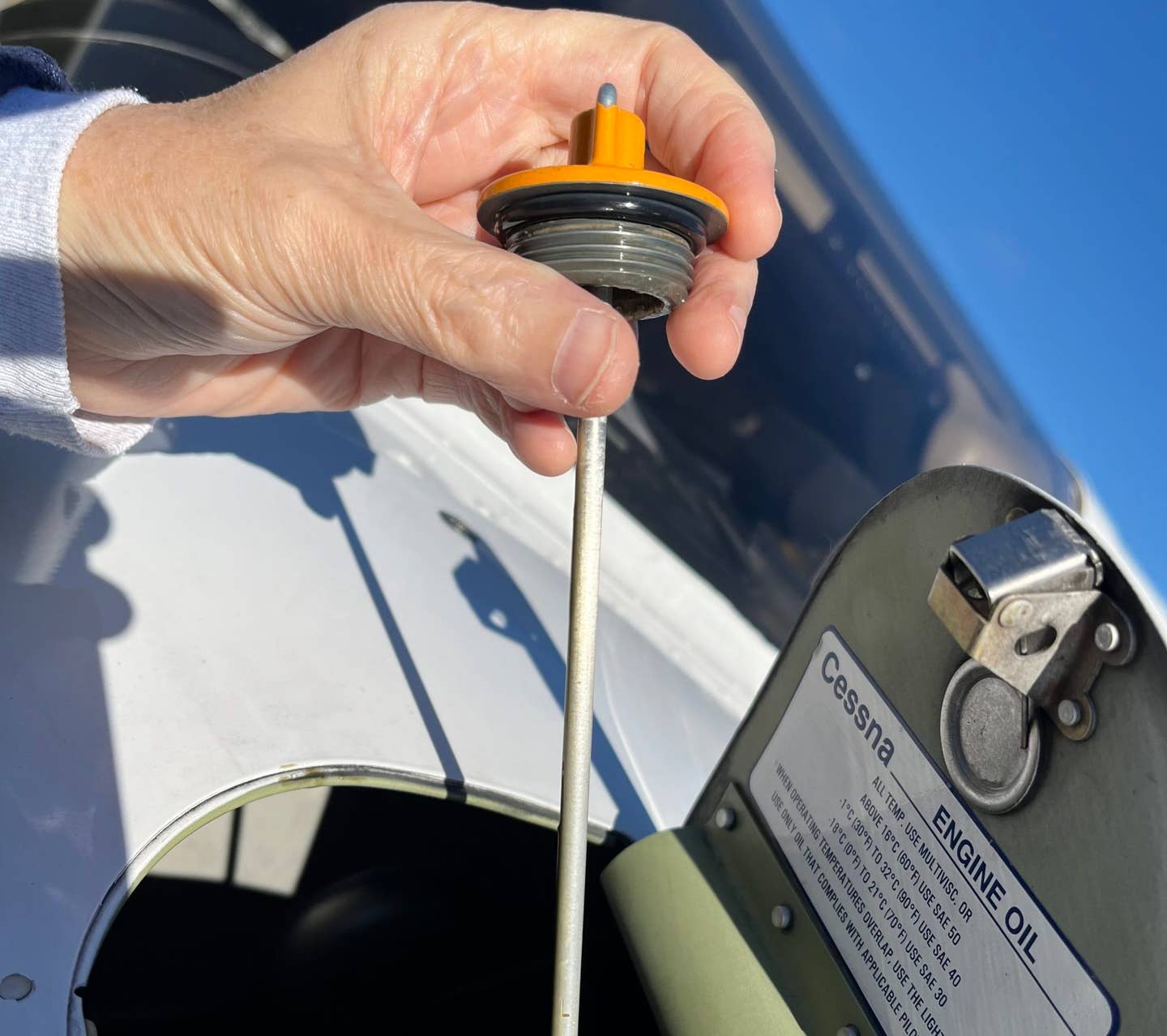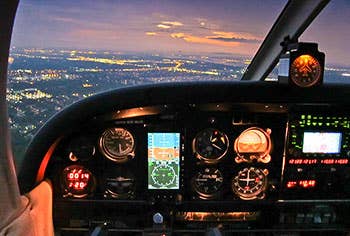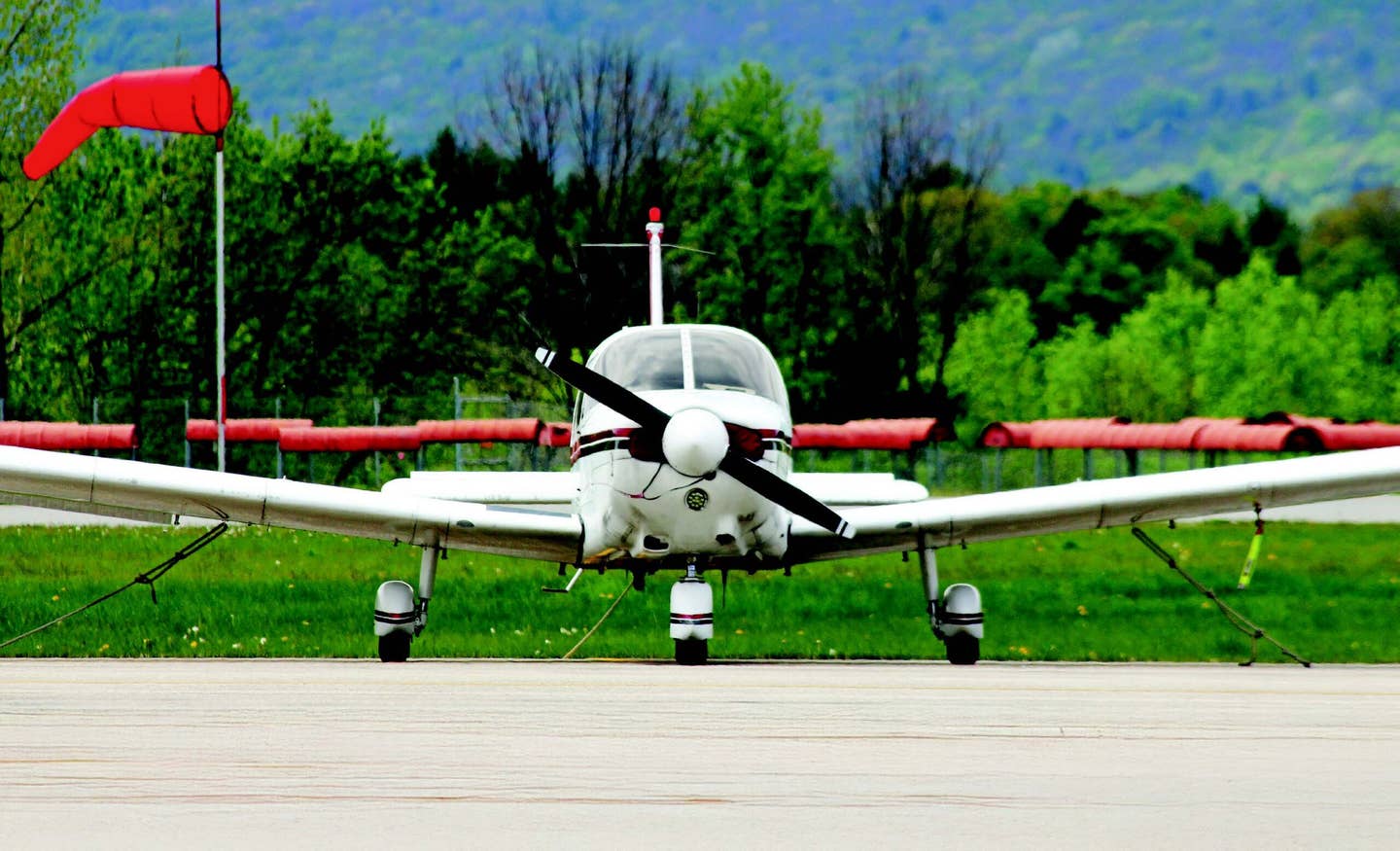Ultimate Issue: Taking Sim to a New Level
In recent years, add-ons for the Microsoft Flight Simulator 2020 and X-Plane 12 platforms have grown in numbers.

Flysimware’s spectacular Lear 35A recently became a fan favorite, and perhaps even the best bizjet to date for the MSFS franchise. [Courtesy: Peter James]
What is this term “study level” we often hear in the flight sim community?
It’s been the catch phrase used everywhere the last few years, and it has become the gold standard of top quality aircraft or those so realistic and so well designed that you could study them to obtain actual type ratings and pass an initial course.
Most add-ons are of simpler design and varying levels of quality, but over the years, these study level aircraft for the Microsoft Flight Simulator 2020 (MSFS20) and X-Plane 12 (XP12) platforms have grown in numbers.
I am old enough to remember the old fighter sim called Falcon 4.0 in the late 1980s and early ’90s. It came with a thick paper manual that felt like a novel. I miss those days of real boxes, manuals, and reading material.
Some of the most detailed aircraft add-ons come loaded with PDFs to study, and some have nothing at all, leaving it up to the customer to go online or just obtain the actual real aircraft’s study manuals. It seems lazy to not bother to publish a manual for an aircraft release, but then again, if it’s so realistic that the only PDF says “go obtain a real Airbus A320 POH” for more information, I’m sold. If something is that good and complete, then I think the developer is allowed to be lazy, or perhaps a bit big braggish.
Most commercial pilots, or experienced aviators in general, were dismissive of flight sims at home. Twenty years ago, I was embarrassed to come out of the sim closet for I’d be a victim of skepticism or at least a target of laughter. “No flight sim can do anything close to what ‘real pilots’ deal with in Level D sims,” I was often told. Or, I’d hear, “Oh, yeah, that little Microsoft Flight Simulator, I played with it once. It looked like a cartoon, so that won’t help anybody.”
This is what every older-and-bolder, gray-haired retired airline pilot said when seated to my left.
Now that I have gray hair, I am all too happy to encourage the younger generation to get active with sims when they aren’t flying the real thing. It’s also accepted among almost all real pilots I know as a really useful tool now that photorealistic graphics are everywhere and far exceed the quality of a $20 million sim the FAA approves. For as little as $2,000, you can rival those simulators at home.
I am not going to mention every study level aircraft available—that would require a book.
Yet over the years before and even right through MSFS2020 and XP12, several come to mind and most are quite famous and have been around for a long time:
Precision Manuals Development Group
The company has been around since the early 1990s. It’s the longest add-on group ever for any sim, and in my opinion, the finest. Everything about it is study level.
Its entire Boeing products are the gold standard of what an add-on should be, and nobody has rivaled it in producing a Boeing 737NG, 747-400, or 777. Now since the release of MSFS2020, we have been enjoying the entire 737NG set, including BBJ. Almost every system, failures, controls accuracy, autopilot, performance, switchology, sounds, visuals, etc. have all been reproduced perfectly.
- READ MORE: The Art of Simulated Long-Haul Flying
Years of development for just one airframe. You’d ace a type rating in the real aircraft after spending time with PMDG products. I wish I could go get a 737 type rating just to test this theory myself. I feel I know no other aircraft as well as this one, due to my years with PMDG 737s. Now, we are about to get its 777 finally after years of waiting patiently. It will be released this year and continue the outrageous quality and realism we all crave from a company that really only releases masterpieces.
Fenix
This company is a new entrant that stormed onto the stage just last year with its completely detailed A320 for MSFS2020. Upon release, it quickly became accepted as the most detailed Airbus for any sim platform.
In my opinion, the early release suffered from performance and frame rate issues as it couldn’t compare to the smoothness and fidelity of the PMDG lineup. But a year later, with all the refinements and the recent release of the update or Block 2, it is now a masterpiece. Detailed systems right down to individual circuit breakers are modeled. Engine modeling and accuracy is key. All that has been done, and now the IAE version is included, each with its own systems, sounds, and realistic performance.
Some say it has blown past the PMDG. Whatever the opinion, I share the zeal. It’s smooth, precise, and many real airbus pilots online tout it as basically perfect. A true study level that you’d absolutely use during type rating school. I’ve enjoyed flying it now, as much as I have over the years with the PMDG lineup.
SimMarket
This company sells the Maddog MD82 for MSFS2020. I am not as familiar with the older airliners, so I will defer to the majority of sim fans online holding this up to the level of the Fenix.
For MD fans, this is also a real keeper. It represents a blend of systems modeling and accuracy all from the later ’70s to later ’80s replicated at a high level. In a battle for the top, this is often referred to as the best airliner ever made for MSFS2020. I’ll have to learn it better to give my own opinions, as I have used it little, never being a Maddog fan. But I see the reviews touting it as in the top few airliners ever released.
X-Plane
It has the outrageously in-depth Felis 747-200 series for the X-Plane sim. It is one of the most complete jetliner simulation add-ons I have ever used—from nose to tail. This is one of the reasons I still use XP12.
I cannot say enough about this masterpiece other than I wish it was available on MSFS2020 as well. You need to be three pilots at once to handle this beast. Setting up view points is key, as you’ll not only be pilot and copilot but flight engineer as well, often manipulating the systems as you sit sideways. You can feel the quality, heaviness, and momentum.
X-Aviation
The company sells the most renowned and sought-after bizjet for any sim, the Hot Start Challenger 650. This completely study level jet is once again simulating entire circuit breakers from head to tail. Setting the bar so exceedingly high, it’ll be what all future bizjets are compared to.
Sadly, only X-Plane 12 has it, but again, that’s another reason I still use it. The accuracy, realism, handling, etc. is all spot on. I fly a similar aircraft in real life and find this exceptionally close to the real thing. Again, it’s a type rating quality example to learn from. Many have called it the best jet ever designed for any sim, and it’s impossible to disagree. It certainly rivals the airliners above in total quality and experience.
Flysimware
It has a Learjet 35A that was recently released in “early access.” I have featured this in many an article so far, and it is well on its way to what I would call an honorable mention study level aircraft.
Its blueprint quality visuals, scaled parts, and cockpit clarity make this a winner right out of the gate. I’ve never seen such a beautiful reproduction in an early access or beta-style release. The flight quality, accurate avionics, sounds, and more make this a really promising product when the final version comes out.
It is the best pure bizjet built specifically for the MSFS2020 lineup so far. Let’s leave the jetliners behind now, as accuracy and study level can go down a category and be just as advanced.
A2A Simulations
The company has the 1960s Piper Comanche 250 featuring its coveted Accu-Sim 2.0 technology to bring a living, breathing aircraft to your desktop. This example must be run as gently as a real one, maintained and babied, or else face what real owners face: expensive repair bills.
You can damage and destroy the airplane if you’re a ham-fisted pilot. The aircraft requires a full preflight and walk-around inspection. You can test the fuel and do everything a real pilot would during a flight.
Continually monitoring its wear and tear, systems, and cleanliness is all part of this intensely realistic model that keeps its constant state alive, meaning it will remember its health on a continual basis, even if you fly something else in between on different days. You even get to perform an overhaul and other yearly tasks.
This airplane has quite a following and has been labeled by many as the best general aviation aircraft ever designed for any sim. I believe A2A is leveraging its AccuSim technology to future releases, and it certainly has captured the immersion of owning, operating, and maintaining a personal airplane like no other.
Conclusion
These are all my experiences with what I own and fly in the sim world. Your opinions may vary, especially when you get into the smaller airplanes as it’s much easier to simulate a simple single-engine in study level than an airliner.
In some ways, many of the default or add-ons for GA are close to this namesake already. A basic default Cessna will accelerate any new student pilot right to the top. The graphics of MSFS2020 and XP12 aircraft are good enough and photorealistic enough to permanently lodge in the brain of anyone learning to fly and stay current.
It’s a great time to study and learn in today’s flight sim environment. Compared to what we had in 1981, everything now is study level.
This feature first appeared in the Summer 2024 Ultimate Issue print edition.

Sign-up for newsletters & special offers!
Get the latest FLYING stories & special offers delivered directly to your inbox






